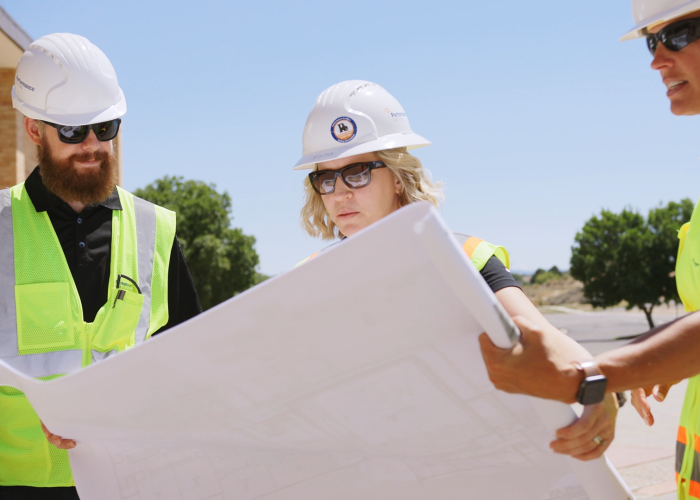Powering K-12 Construction in Colorado: Design-Build and Energy Performance Contracts
September 24, 2025

September 24, 2025

Following numerous school bond initiatives across Colorado, districts now face a significant opportunity— and responsibility—to turn public trust into tangible improvements for students, staff, and communities. In the K-12 environment of Colorado—where performance, cost control, and efficiency hold a high priority—district leaders must navigate complex decisions to maximize the value of their investments. The good news? Proven delivery models and innovative funding combinations offer a pathway to success.
Colorado’s K-12 construction market is experiencing a surge. The successful passage of multiple bonds reflects strong public support for improving school facilities, from new construction and major renovations to safety upgrades and energy improvements. But while funding has increased, so have challenges:
This is where alternative project delivery methods and strategic financial tools become essential.
Design-build is increasingly being adopted by school districts seeking a more efficient, collaborative approach to capital projects. This method combines architectural and engineering design and construction into a single team under one contract with the owner. With one team accountable for everything, the community can trust you’ll build exactly what voters approved—without compromises, surprises, or “value engineering” after the fact.
Design-Build removes the gap (which is a lot of risk on the owner) often seen when managing separate teams’ contracts for design and building. With design-build, you get faster, more cost-effective results compared to traditional construction methods(1).
This integrated model delivers several key advantages in the current environment:
Colorado districts are encouraged to explore how Energy Performance Contracts can complement bond-funded projects. When implemented effectively, this method can unlock additional value, funding, and sustainability benefits—without new taxes.
Key Strategies for Districts:
Here are practical tips for district leadership to maximize Design-Build and Energy Performance Contracts:
The passage of bonds across Colorado reflects a shared commitment to educational excellence and student success. School districts can honor that commitment with timely, cost-effective, and future-ready projects by embracing integrated delivery models such as Design-Build and strategically leveraging tools like Energy Performance Contracts.
(1)Construction Industry Institute (CII)/Penn State research comprising 351 projects ranging from 5,000 to 2.5 million square feet. The study includes
varied project types and sectors.
Ready to start building with us? Contact us today, and our talent team will meet with you to discuss how our design-led, design-build approach can take your next construction or renovation project to the next level.

